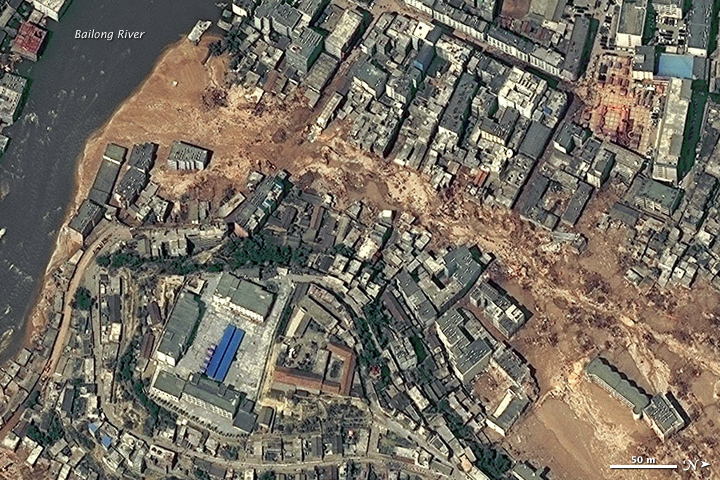1) You are going to research deforestation in your country. Give me some
information on it. (5 marks)
Indonesia is filled with biodiversity! It is a home
to about ten percent of all known species of plants, mammals and birds.
Millions of Indonesians depend on the forest for food and shelter. Large
areas of forest in Indonesia have been cleared by large multinational pulp
companies and been replaced by plantations. Forests are often burned by farmers and
plantation owners. Another major source of deforestation is the logging
industry, driven by demand from China and Japan, logging and the burning of
forests to clear land for cultivation has made Indonesia the world's third
largest emitter of greenhouse gases! The rate of deforestation continues to
increase. The 2009 State Environment Report launched by President Susilo
Bambang Yudhoyono revealed that the number of fire hot-spots rose to
32,416 in 2009 from only 19,192 in 2008. The Environment Ministry blamed the
increase on weak law enforcement and a lack of supervision from local
authorities, with land clearance as the primary cause of the fires!
2) You will explain the Social, Environmental, and Economic Impacts that
deforestation has had on your country. (6 marks)
Social Impact :
Many citizens have jobs in the industries which cut trees. If there was
a law to be placed that banned deforestation by cutting trees many of these
workers would lose their jobs. Losing their job results a bunch of people to be
in poverty because they wouldn't be able to support their families with the
basic necessities. Another social impact is tourism. The reason we go traveling
is to see pretty scenery and to get a taste another culture. If all the trees
were clear cut whats left to see? Environmentally the effect is huge. The most dramatic impact is a loss habitat for the species that lived in the trees. With the loss of the trees it can cause climate change and increase greenhouse gases in the atmosphere! Trees help control the level of water in the atmosphere by helping the regulate the water cycle. When there a few trees left more water starts going into the soil which cause the soil to be dryer. Illegal logging causes a loss of billion dollars to the national economies annually. Deforestation can rob the country from its renewable resources and revenues. Forests play a major role in the economy of Indonesia as it has value to locals and non market consumers. They use the timber for housing and to collect fruits for food.
3) Look at the information in the Environment and Resources folder that
talks about Deforestation in Canada. Based on the information provided do you
think that deforestation is a greater threat in your country or Canada? Explain
your reasoning using specific examples. (10 marks)
I believe the deforestation in Indonesia is on a greater scale than Canada's. Back in the 1990's the country was covered by 84 percent in trees and plants. It is a home to some of the most biodiversity forests in the world! by the tin it was 1950 plantations and smallholder plantings of tree crops covered a small area of Indonesia. At that time it was estimated about 145 million ha of primary forest. In the 1970's Indonesians started to use this resource for their economic benefit. By the time in the early 2000's the use for trees was so grand for pulp and paper it make the ninth largest pulp producer in the world. As of now the rate of the loss of trees is rather increasing than decreasing. There is a weak law enforced to stop deforestation but is not very effective. Recently in 2010 52 percent of the area was forested.




